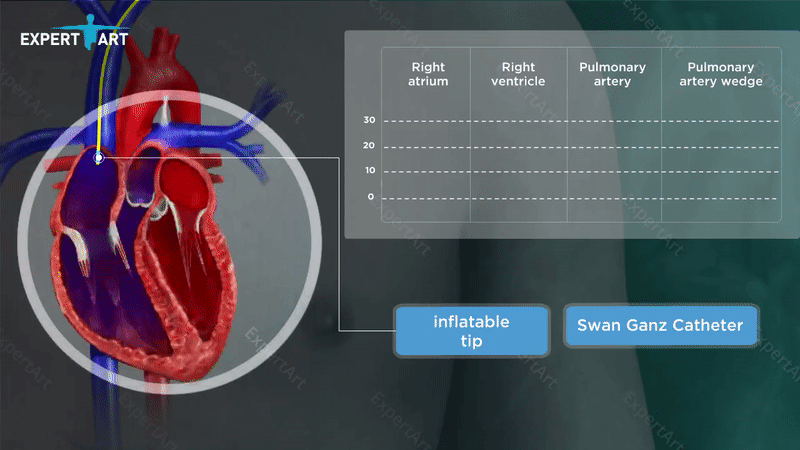
Swan-Ganz
The pulmonary wedge pressure (PWP) or wedge pressure is an indirect estimate of the pressure in the left atrium of the heart. A Swan-Ganz catheterization, also known as pulmonary artery catheterization (PAC), during which a catheter is placed directly into the pulmonary artery to measure...



